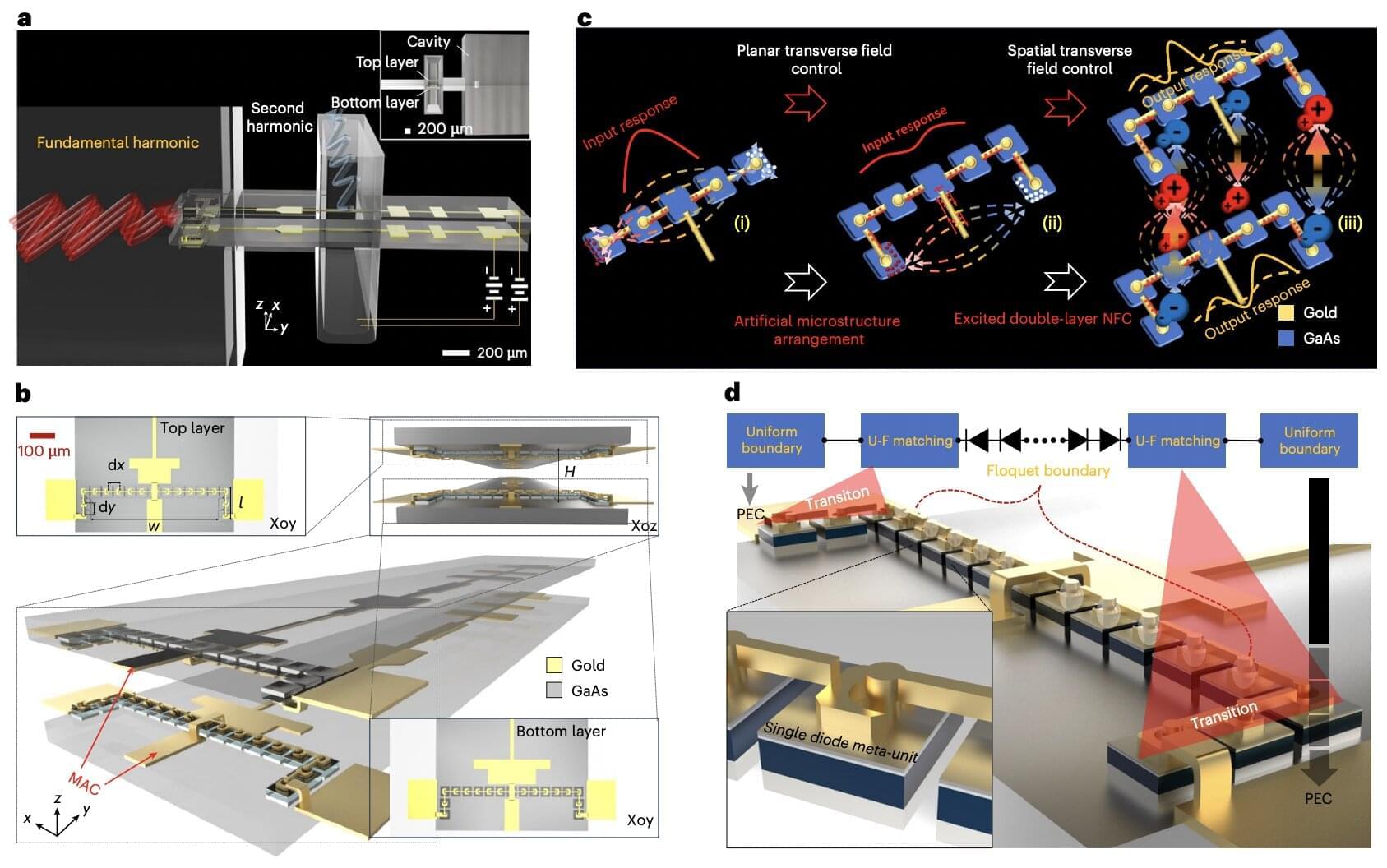John M. Martinis, one of this year’s winners of the Nobel Prize in physics for breakthroughs in quantum computing, on Monday formed an alliance with HPE and several chip firms to create a practical, mass-producible quantum supercomputer.




Imagine a surgeon in the middle of a complex operation, able to get instant biochemical feedback not from a lab down the hall, but from the very tool in their hand. This vision is now one step closer to reality thanks to researchers at the University of Chemistry and Technology, Prague (UCT Prague).
The team, led by Professor Zdeněk Sofer, has developed and validated a “Lab-on-a-Scalpel” concept, a surgical tool with an integrated diagnostic sensor. They published their findings in the journal Analytical Chemistry.
This innovation addresses a critical challenge in surgery: the time lag between sample collection and lab results. During invasive procedures, a patient’s biochemical profile can change rapidly, but traditional testing methods are too slow to provide the real-time data needed for immediate, informed decisions.

Electromagnetic waves with frequencies between microwave and infrared light, also known as terahertz radiation, are leveraged by many existing technologies, including various imaging tools and wireless communication systems. Despite their widespread use, generating strong and continuous terahertz signals using existing electronics is known to be challenging.
To reliably generate terahertz signals, engineers often rely on frequency multipliers, electronic circuits that can distort an input signal, to generate an output signal with a desired frequency. Some of these circuits are based on Schottky barrier diodes, devices in which the junction between a metal and semiconductor form a one-way electrical contact.
While some frequency multipliers based on Schottky barrier diodes have achieved promising results, devices based on individual diodes can only handle a limited amount of energy. To increase the energy they can manage, engineers can use several diodes arranged in a chain. However, even this approach can have its limitations, as the distribution of the electromagnetic field between the diodes in a chain often becomes uneven.

Meditation, and Open Label Placebo Healing Intervention in the scientific journal Communications Biology.
The landmark study demonstrates how intensive meditation can trigger the same profound brain activity previously documented only with psychedelic substances – while simultaneously activating measurable biological transformations throughout the entire body.

Biomedical engineers at Duke University have shown that a genetic mutation that causes congenital heart disease also contributes to kidney damage and developmental defects. Identifying this early cause of kidney damage could enable clinicians to diagnose and address kidney problems much sooner than current practices allow. The research was published on November 3 in the journal Nature Biomedical Engineering.
Congenital heart disease (CHD) is a common cause of death in childhood and affects 1 out of every 1,000 births. The disease occurs when the heart doesn’t form correctly before birth, causing leaky valves, defective vessels, or holes in the heart. While some cases of CHD can be remedied, children with life-threatening complications often require surgery or even a heart transplant. More than 25% of patients also end up developing problems with other organs, which severely compromise life expectancy.
“Research has shown that children diagnosed with CHD almost always have kidney problems by age 4,” said Samira Musah, the Alfred M. Hunt Faculty Scholar Assistant Professor of Biomedical Engineering and Assistant Professor of Medicine at Duke University, and the senior author of the study. “Given the shared developmental origin of the heart and kidney, I wondered if a genetic mutation tied to CHD also causes the kidney damage observed in affected patients.”

When doctors detect elevated levels of SerpinB3 in a blood test, it can signal that something is seriously wrong, from hard-to-treat cancers to severe inflammatory conditions.
SerpinB3 is a critical protein that often reveals when the body’s barrier tissues, like the skin or lungs, are under serious stress from cancer or chronic illness.
But new research from Arizona State University shows that SerpinB3, long recognized as a disease marker, also has a natural role in the body: helping to heal wounds.



In mathematical analysis, the Kakutani fixed-point theorem is a fixed-point theorem for set-valued functions. It provides sufficient conditions for a set-valued function defined on a convex, compact subset of a Euclidean space to have a fixed point, i.e. a point which is mapped to a set containing it. The Kakutani fixed point theorem is a generalization of the Brouwer fixed point theorem. The Brouwer fixed point theorem is a fundamental result in topology which proves the existence of fixed points for continuous functions defined on compact, convex subsets of Euclidean spaces. Kakutani’s theorem extends this to set-valued functions.